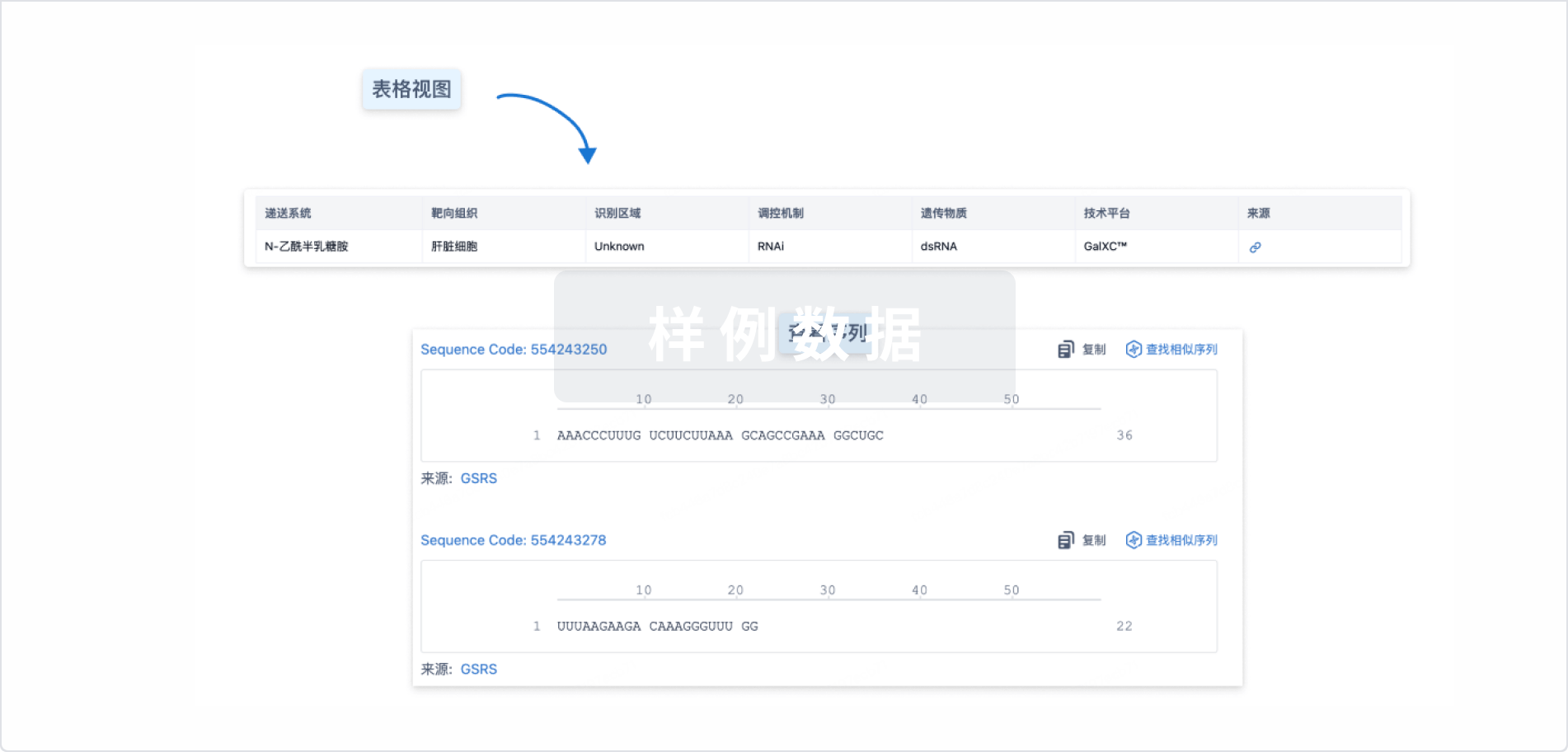Aims:LDL‐receptor expression is inhibited by the protease proprotein convertase subtilisin/kexin type 9 (PCSK9), which is considered a pharmacological target to reduce LDL‐C concentrations in hypercholesterolaemic patients. We performed a first‐in‐human trial with SPC5001, a locked nucleic acid antisense inhibitor of PCSK9.
Methods:In this randomized, placebo‐controlled trial, 24 healthy volunteers received three weekly subcutaneous administrations of SPC5001 (0.5, 1.5 or 5 mg kg–1) or placebo (SPC5001 : placebo ratio 6 : 2). End points were safety/tolerability, pharmacokinetics and efficacy of SPC5001.
Results:SPC5001 plasma exposure (AUC(0,24 h)) increased more than dose‐proportionally. At 5 mg kg–1, SPC5001 decreased target protein PCSK9 (day 15 to day 35: −49% vs. placebo, P < 0.0001), resulting in a reduction in LDL‐C concentrations (maximal estimated difference at day 28 compared with placebo −0.72 mmol l–1, 95% confidence interval − 1.24, −0.16 mmol l–1; P < 0.01). SPC5001 treatment (5 mg kg–1) also decreased ApoB (P = 0.04) and increased ApoA1 (P = 0.05). SPC5001 administration dose‐dependently induced mild to moderate injection site reactions in 44% of the subjects, and transient increases in serum creatinine of ≥20 μmol l–1 (15%) over baseline with signs of renal tubular toxicity in four out of six subjects at the highest dose level. One subject developed biopsy‐proven acute tubular necrosis.
Conclusions:SPC5001 treatment dose‐dependently inhibited PCSK9 and decreased LDL‐C concentrations, demonstrating human proof‐of‐pharmacology. However, SPC5001 caused mild to moderate injection site reactions and renal tubular toxicity, and clinical development of SPC5001 was terminated. Our findings underline the need for better understanding of the molecular mechanisms behind the side effects of compounds such as SPC5001, and for sensitive and relevant renal toxicity monitoring in future oligonucleotide studies.







